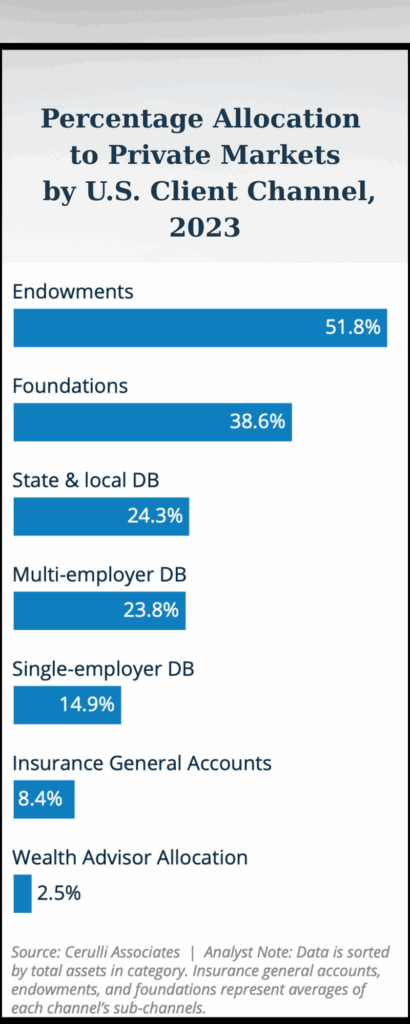The four scholarly papers that are summarized below aren’t exactly suitable for summer beach reading, I’ll admit. But for any advisor who wants to explore the rationale for including a guaranteed income product in their clients’ retirement plans, they could be described as page-turners. In case you overlooked them last week when they were included among our selection of the Best Retirement Research of 2012, here they are again.
A Utility-Based Approach to Evaluating Investment Strategies
Joseph A. Tomlinson, Journal of Financial Planning, February 2012.
In exploring the often-overlooked “utility” or insurance value of annuities, this actuary and financial planner ventures where few others care to tread. He rejects the popular notion that an annuity represents a gamble with death. “Immediate annuities are often viewed as producing losses for those who die early and gains for those who live a long time, whereas I am portraying no gain or loss regardless of the length of life,” he writes. “This is an issue of framing or context. If one thinks of an annuity as providing income to meet basic living expenses, both the income and the expenses will end at death.” He also asked 36 people how much upside potential they would require—i.e., how much surplus wealth at death—to justify a retirement investment strategy that carried a 50/50 risk of depleting their savings two years before they died.
Spending Flexibility and Safe Withdrawal Rates
Michael Finke, Texas Tech University; Wade D. Pfau, American College; and Duncan Williams, Texas Tech. Journal of Financial Planning, March 2012.
The “4% rule” is a needlessly expensive way to self-insure against longevity risk, this paper suggests. “By emphasizing a portfolio’s ability to withstand a 30- or 40-year retirement, we ignore the fact that at age 65 the probability of either spouse being alive by age 95 is only 18%. If we strive for a 90% confidence level that the portfolio will provide a constant real income stream for at least 30 years, we are planning for an eventuality that is only likely to occur 1.8% of the time,” they write. They also show that a mixture of guaranteed income sources and equities burns hotter and more efficiently than a portfolio of stocks and bonds: “The optimal retirement portfolio allocation to stock increases by between 10 and 30 percentage points and the optimal withdrawal rate increases by between 1 and 2 percentage points for clients with a guaranteed income of $60,000 instead of $20,000.”
A Framework for Finding an Appropriate Retirement Income Strategy
Manish Malhotra, Income Discovery. Journal of Financial Planning, August 2012.
No two retirees have exactly the same needs, and advisors need a process for finding the best income strategy for each client. The author has created a framework that advisors can use to tackle this challenge. His framework includes two “reward metrics” (income and legacy) and three “risk metrics” (probability of success, the potential magnitude of failure, and the percentage of retirement income safe from investment risk). “Using this framework, advisers can incorporate a variety of income-producing strategies and products, and decisions about Social Security benefits, into their withdrawal analyses—lacking in much of the past research focused purely on withdrawals from a total return portfolio,” Malhotra writes.
An Efficient Frontier for Retirement Income
Wade Pfau, Ph.D. September 2012 (Published as “A Broader Framework for Determining an Efficient Frontier for Retirement Income.” Journal of Financial Planning, February 2013.
Just as there’s an efficient frontier for allocation to risky assets during the accumulation stage, so there’s an efficient frontier for allocation to combinations of risky assets and guaranteed income products in retirement, this author proposes. He describes “various combinations of asset classes and financial products, which maximize the reserve of financial assets for a given percentage of spending goals reached, or which maximizes the percentage of spending goals reached for a given reserve of financial assets” and asserts that “clients can select one of the points on the frontier reflecting their personal preferences about the tradeoff between meeting spending goals and maintaining sufficient financial reserves.”

